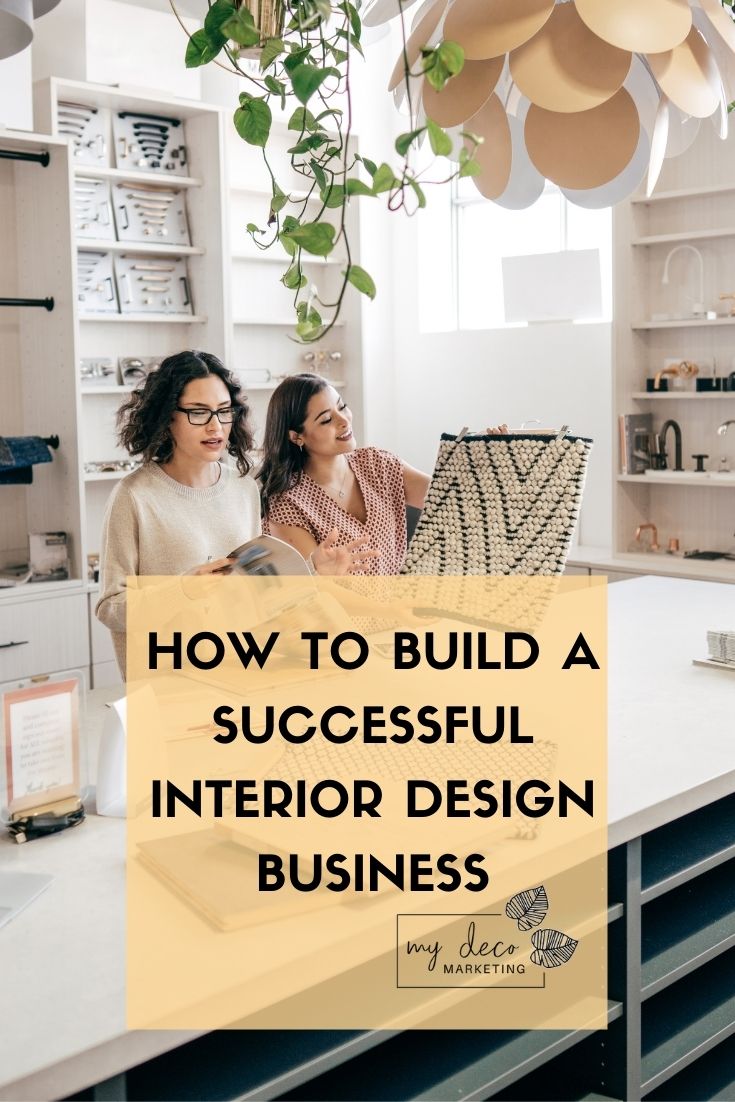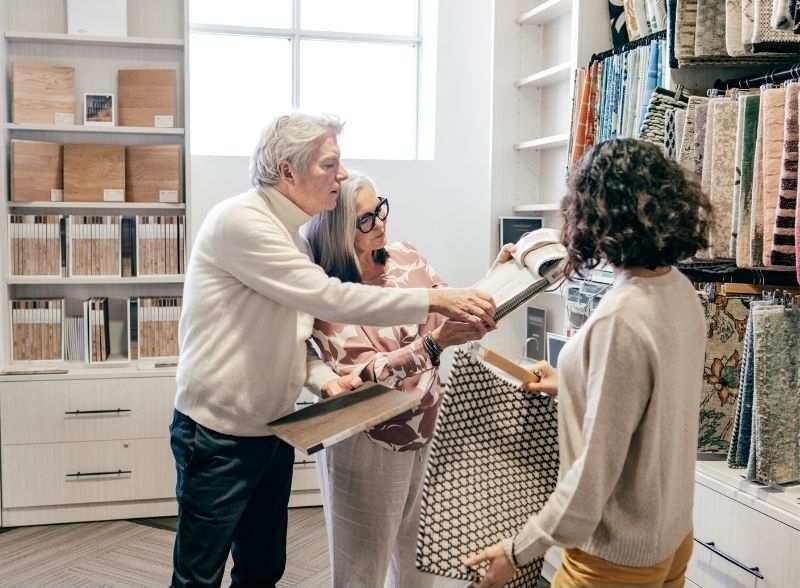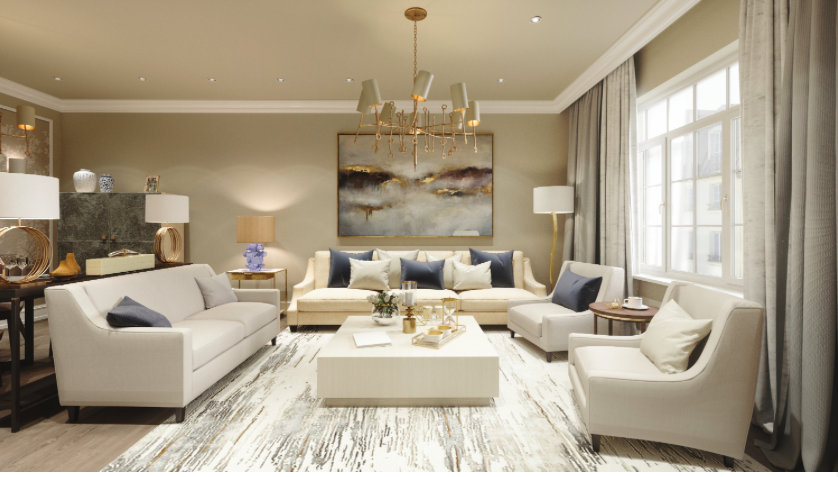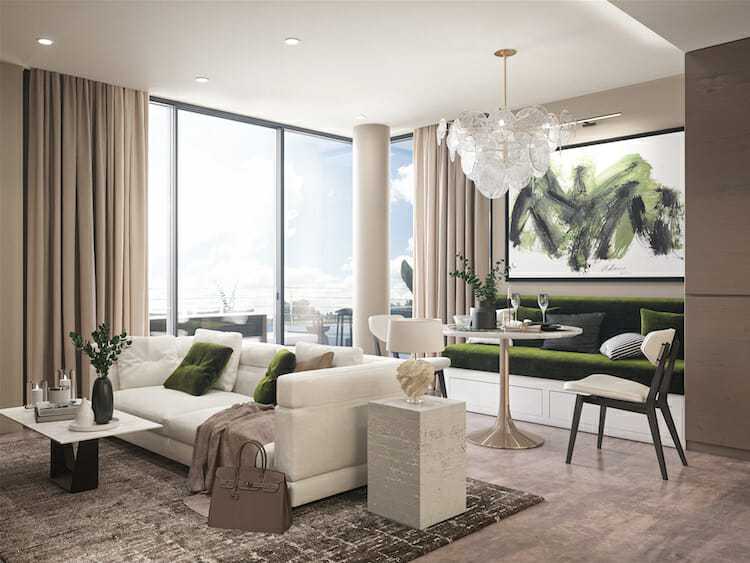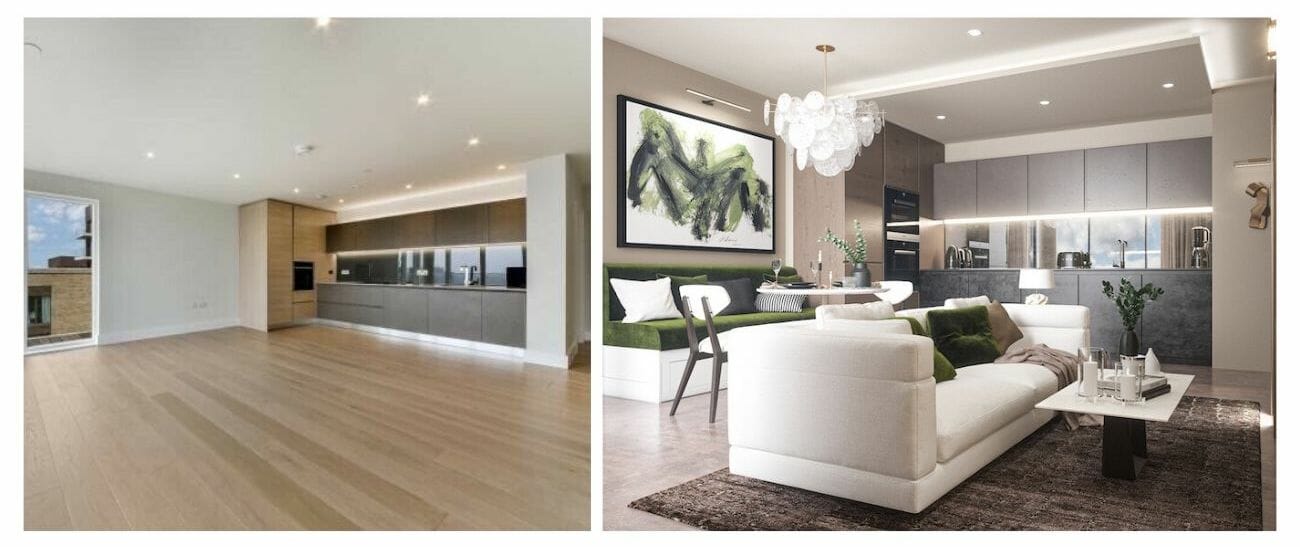The BIID Code of Conduct 2021
The British Institute of Interior Design recently launched a new member code of conduct. Coming into effect from 1st April 2021, the BIID code of conduct sets out guidance for members on standards for ethical and professional practice across the interior design industry. I spoke with Liz Bell, Design Director at Absolute Project Management and Chair of the BIID Professional Practice Committee to ask what interior designers need to know about the new code and how they can take steps to integrate it into their business practice.

Liz Bell, Design Director at Absolute Project Management and Chair of the BIID Professional Practice Committee
What is the BIID code of conduct?
A code of conduct is a set of rules which members of an institution must abide by. In the new BIID code, we also set out to include and promote the important values of the BIID and its members. At the same time ensuring the document is clear to use, easy to refer to. It’s also important it demonstrates to clients and the industry the high levels of skill and professionalism they can expect from BIID members.
Who does it apply to?
The code applies to BIID Associate and Registered members. Currently there is no legal obligation for Interior Designers to become registered or abide by a code of conduct. But by voluntarily signing up to this, BIID members demonstrate their commitment to upholding the highest professional standards as set by the UK’s only professional Institute for Interior Design.
Who was on the panel to review and create the new BIID code of conduct?
The BIID’s professional Practice committee were given the task to produce the code. The committee consists of registered members and affiliates who volunteer their time. Many committee members have years of experience in the industry and are leaders in their field.
Once the code was drafted, it was then sent to the BIID Council of Directors to check and amend (Directors are nominated by BIID members, elected at the Annual general meeting and serve a max 2 year term on the council). Finally the new code of conduct was sent to all current BIID members. They were given the opportunity to vote to approve it before it becomes a mandatory part of membership.
How did you go about doing this and how long did it take?
The professional Practice committee was tasked with producing the new code in May 2019. It was first reviewed by council in July 2020 and was voted on by members in December 2020.
At the start of the process our goals for the new code were for it to be a useful document setting out what is expected of members and the principles and values of the BIID. It should be clear, should cover all aspects of the profession and ideally will be suitable for years to come.
Our first steps were to review a number of other relevant code of conducts for inspiration. We then made a note of current code items which should be brought forward and new elements to include based on the BIID’s strategic aims and values.
We then came up with 3 loose headings in which to arrange the code, to ensure it would be easy to navigate.
I’m extremely passionate about the code of conduct so volunteered to produce the first drafts. These were then reviewed and updated during face to face or zoom meetings over a series of months. I also presented the code on behalf of the committee to the council. Following this I presented it to members when it was announced for voting. It was this work which led to me being invited to Chair the Professional Practice Committee when Lester Bennet stood down to become BIID president.
Were there any challenges in working on this remotely?
Much of the work was done ahead of lockdown. However the reviewing process with council was largely done by zoom calls which worked well. The new code of conduct was fairly long. We found the key to success was sending it well in advance giving people the chance to review it in detail ahead of meetings. I would also highlight any parts which I thought needed additional thinking or may be controversial to some members – again so these could be considered in detail ahead of the meeting.
As a voluntary code of conduct, can you give us some ideas in practice which designers may want to review in light of the new code?
We set out to make the new code a useful document. As such it notes relevant legal obligations for designers and outlines best practice. A good example of this is CDM regulations, included in section 8 of the code. Many inexperienced designers or clients may not be aware of their obligations, but the code will alert them to this. Additional support/ information can be found in the General Guidance section at the end of the document.
The additional benefit for established businesses like ours- is that the code demonstrates to clients, the professional competencies they should expect when hiring an interior designer. The new code can be accessed by prospective clients and can be used as a marketing tool- separating BIID members from non-members when pitching for work. At Absolute Project Management we are particularly excited about the new code and include a link to it in our proposals.
What are your best tips for integrating a culture of good conduct into your design business?
I would suggest firstly abiding by the code, both in the sentences which begin with ‘must’ but also the ‘shoulds’. Both of which indicate best practice.
The client section of the code covers key aspects for engaging with a client from the start. For example- (1) procure work honestly and responsibly- ensuring you only take on work which you have the ability, skill and capacity to complete.
The Profession section of the code, (8) Manage your work/ business professionally- specifically covers many aspects of running a successful and positive business. From ensuring you adhere to current employment laws, have a complaint procedure to maintaining sound business relations with suppliers.
At Absolute Project Management, we’re really passionate about supporting the Living Wage, so I was thrilled that this was included into the new cade. Additionally by encouraging members to support the living wage- more candidates from low income of BAME backgrounds may be encouraged to join the profession- further showing the BIID’s commitment to improving diversity.
The final pillar is all about how interior design impacts the environment and society around us. What key practices can designers start now to help ensure they lead a more sustainable and ethical business?
It was important to the BIID that the new code reflect the institutes values and aims to improve sustainability and diversity within the industry. The world section of the code references social and environmental issues. It focuses on how Interior Designers can influence these through their businesses and/or work.
I was particularly pleased with the inclusion of section 14 Lessen the environmental impact of your work and promote sustainability. This brings the BIID in line with other professional institutes which have included social and environmental issues as part of their codes. It is also in line with the BIID’s Sustainability Strategy (produced by the Professional Practice Committee) which we shall announce soon.
You can download a copy of the code of conduct here








